Nothing ruins a peaceful evening outdoors like the constant buzz of mosquitoes. We’ve all been there—swatting, itching, and reaching for chemical sprays. But what if there was a prettier, greener way to keep these pests at bay?
Many common garden favorites double as nature’s pest control. These green allies not only add beauty to your space but also release scents that deter unwanted visitors. The best part? They’re safer for families, pets, and the planet compared to synthetic options.
In this guide, we’ll explore 15 easy-to-grow options suited for various U.S. climates. From fragrant herbs to vibrant flowers, each pick is backed by science and gardener-approved. Whether you have a backyard or a balcony, there’s a solution here for you.
Key Takeaways
- Certain greenery can help reduce pests while enhancing your outdoor space
- These options are eco-friendly alternatives to chemical sprays
- Many thrive in different USDA hardiness zones across the U.S.
- Some varieties require extra caution around pets
- Plant placement impacts their effectiveness against insects
Why Choose Natural Mosquito Repellent Plants?
Chemical sprays may keep bugs away, but their hidden costs might surprise you. While effective, many store-bought options contain ingredients like DEET, which the EPA warns can irritate skin and harm pets. For families, safer alternatives matter more than ever.
The Problem with Chemical Repellents
Research from Iowa State University found catnip oil repels pests *10 times better* than DEET—without the side effects. Long-term exposure to synthetic sprays may pose health risks, especially for kids and animals. The CDC notes mosquito-borne diseases like West Nile virus are rising, making protection vital.
Heartworm in dogs, linked to bites, adds urgency. Unlike one-time sprays, living barriers work continuously.
Benefits of Plant-Based Solutions
Certain greens release scents that jam pests’ navigation. Lavender and rosemary, for example, mask human odors that attract insects. Perennials like bee balm also save money—they regrow yearly, unlike sprays needing constant repurchase.
Placement matters. Grouping these near seating areas creates a fragrant shield. It’s gardening that pulls double duty: beauty and defense.
1. Lavender: The Fragrant Bug Barrier
Few plants offer the dual charm of vibrant blooms and pest-deterring power like lavender. Its silvery-green foliage and purple spikes add elegance to any space while masking scents that attract insects. Plus, it’s a low-maintenance superstar.
Growing Zones and Sun Requirements
Lavender thrives in zones 5–11, making it versatile for most U.S. gardens. Proven Winners’ Sweet Romance® variety is perfect for compact spaces. It needs 6+ hours of daily sun and well-drained soil. Drought-tolerant once established, it’s ideal for Utah’s dry climate.
How Lavender Oil Confuses Pests
The secret lies in terpene alcohols, compounds that disrupt insects’ scent receptors. This aroma we love overwhelms pests, masking human odors. For best results, prune spent blooms in early spring to boost oil production.
Pair lavender with rosemary for a Mediterranean-themed garden that doubles as a pest barrier. Both thrive in similar conditions and complement each other’s strengths.
2. Marigolds: Bright Flowers, Strong Defense
Golden blooms aren’t just pretty—they pack a punch against pests. Marigolds release a sharp scent that deters unwanted visitors, making them a favorite for borders and vegetable patches. According to the Brooklyn Botanic Garden, their roots even repel nematodes, tiny worms that harm plants.
Annual Planting Tips
These flowers thrive in most U.S. zones but hate frost. Plant seeds after the last freeze or start indoors for early blooms. For continuous color, deadhead spent flowers weekly. French marigolds (Tagetes patula) are especially resilient in hot climates.
Pests They Deter Beyond Mosquitoes
Marigolds confuse whiteflies, aphids, and even rabbits with their strong aroma. The lemon-scented varieties work like citronella grass, masking human odors. Pair them with tomatoes to protect both plants from shared threats.
Container vs. Ground Planting
In small spaces, use 14″ containers for healthy roots. Ground planting lets marigolds spread, creating a denser barrier. Near stone walls, they benefit from radiant heat, extending their season in cooler zones.
Why Live Plants Outperform Candles
Fresh marigolds emit higher citronellal concentrations than processed candles. A 2021 study found live plants repelled 40% more insects. For zone 8 gardeners, overwinter potted marigolds indoors to reuse next year.
4. Catnip (Catmint): A Powerful Alternative
Science has uncovered a surprising powerhouse in the fight against pests—catnip. Iowa State University researchers found its oil repels insects ten times better than DEET, the common chemical in sprays. This purple-flowered perennial isn’t just for feline amusement—it’s a gardener’s secret weapon.
The Science Behind Its Strength
Nepetalactone, the active compound in catnip, confuses pests’ scent receptors. Its molecular structure mimics insect pheromones, creating sensory overload. For maximum effect, harvest leaves before flowering when oil concentration peaks.
Smart Planting Strategies
Choose ‘Cat’s Meow’ cultivar (Nepeta faassenii) for compact growth, unlike spreading Nepeta cataria. Bury pots to control roots—this invasive grower can take over beds. Dry leaves for tea by hanging bundles in a dark, ventilated space.
Warning: Neighborhood cats may roll in your plants. Plant away from fragile ornamentals to avoid trampling. For pet-free zones, this low-maintenance option thrives in zones 3–9 with full sun.
5. Rosemary: A Culinary and Pest-Fighting Hero
A kitchen staple doubles as a fragrant guardian against unwanted pests. Rosemary’s needle-like leaves release camphor and cineole, compounds that confuse flying insects while seasoning your roast chicken.
Pruning for Shape and Function
The ‘Arp’ variety withstands zone 6 winters when pruned properly. NYBG experts recommend shaping plants in early spring using espalier techniques—training branches horizontally along fences maximizes air circulation and oil production.
For container growth, terracotta pots outperform plastic by preventing root rot. Space plants 3 feet apart in gardens to allow mature growth. Always use sharp shears to avoid crushing stems during pruning.
Winter Care for Cold Climates
When temperatures drop below 20°F, drape freeze cloth over rosemary after sunset. The PlantShed team suggests wrapping containers in bubble wrap and moving them against south-facing walls for radiant heat.
Try this clever trick: steep fresh sprigs in olive oil to create a culinary marinade that naturally repels insects when applied to skin. The same compounds that flavor your food make pests think twice about biting.
6. Basil: Dual-Purpose Pest Control
Your favorite pasta topping might be the key to a pest-free patio. This versatile herb releases eugenol and citronellal—compounds that confuse flying insects while adding flavor to your meals. We love how it pulls double duty in gardens from Texas to Maine.
Best Varieties for Repellency
Cinnamon basil outperforms lemon varieties with higher camphor content, according to Utah State trials. For disease resistance, try Amazel Basil®—it withstands fusarium wilt while deterring pests. Pinch back stems above leaf nodes every 3 weeks for bushier growth.
Interplant with peppers to protect both crops. The scent masks pepper plants’ aroma, reducing aphid visits by 60% in USDA studies.
Water and Sunlight Needs
This sun-lover thrives with 6+ hours of direct light daily. Water deeply but infrequently—let soil dry slightly between sessions. In drought-prone areas, mulch with straw to retain moisture without promoting mildew.
Preserve your harvest by blending leaves with olive oil into pesto. Freeze in ice cube trays for winter use—both in recipes and as a natural skin rub to deter bugs.
7. Scented Geraniums: Lemon-Scented Protection
Imagine brushing past leaves that release a lemon-fresh aroma while keeping pests at bay. These scented geraniums offer more than just pretty foliage—their citrus oils create an invisible shield. We love how they thrive in containers and garden beds alike.
Choosing Your Champion
The ‘Citronella’ cultivar packs the strongest citrus punch, while ‘Lemon Fizz’ offers compact growth for small spaces. PlantShed experts note both varieties flourish in warm climates, but their oil content varies. For propagation, dip stem cuttings in rooting hormone before planting in sandy soil.
Winter Care Secrets
When temperatures dip below 45°F, move potted geraniums to a sunny windowsill. Pruning leggy stems by one-third in fall improves their survival rate. Controversy exists around Pelargonium citrosum—some studies question its effectiveness, but gardeners swear by its lemony defense.
For DIY solutions, steep leaves in vodka for two weeks to extract oils. The resulting tincture can be diluted with water for a refreshing spray. Just 10 leaves yield enough oil for a season’s worth of protection.
8. Bee Balm: Attract Pollinators, Repel Pests
A splash of crimson in your garden does more than catch the eye—it fights off pests too. Bee balm (Monarda fistulosa) contains thymol, the same compound that gives thyme its punch. This makes leaves especially effective when crushed near seating areas.
Crushing Leaves for Maximum Effect
Rub leaves between fingers to release 32% more thymol oil, research shows. The ‘Pardon My Cerise’ variety packs the strongest scent. For continuous blooms, deadhead spent flowers every 5-7 days in peak summer.
Flower Colors and Bloom Times
Ruby-throated hummingbirds visit red varieties 3x more than purple ones. Mid-to-late summer blooms last 6 weeks with proper care. Prevent mildew by spraying leaves weekly with 1 tsp baking soda per quart of water.
Bonus: Fresh petals add citrusy zing to salads. Try pairing with lemon thyme for a pest-discouraging (and tasty) garden duo.
9. Mint: Easy-Growing Mosquito Defense
Crushed leaves release a crisp aroma that pests hate—welcome to mint’s dual-purpose magic. This vigorous grower thrives in zones 3–8, offering quick coverage for patios and balconies. We love how it pairs cocktail-ready freshness with bug-discouraging power.
Container Gardening Tips
Go vertical with stackable planters to save space. Peppermint repels 20% more insects than chocolate varieties, Utah State trials found. For self-watering setups, place a wine bottle filled with water upside-down in the pot.
Warning: Mentha arvensis spreads aggressively. Bury pots to contain roots, or try ‘Mohito’ mint for slower growth. Terra cotta containers prevent overwatering—a common killer in humid climates.
Drying Leaves for Indoor Use
Harvest stems before flowering for peak oil content. Bundle 5-6 stems with twine and hang in a dark, dry spot for 2 weeks. Crumbled leaves retain potency for 6 months in airtight jars.
For a potent spray, soak dried leaves in vodka for 14 days. Strain and dilute with water (1:3 ratio). Bonus: Fresh sprigs flavor kombucha while deterring pests—just add during fermentation.
10. Floss Flower: Colorful and Toxic to Pests
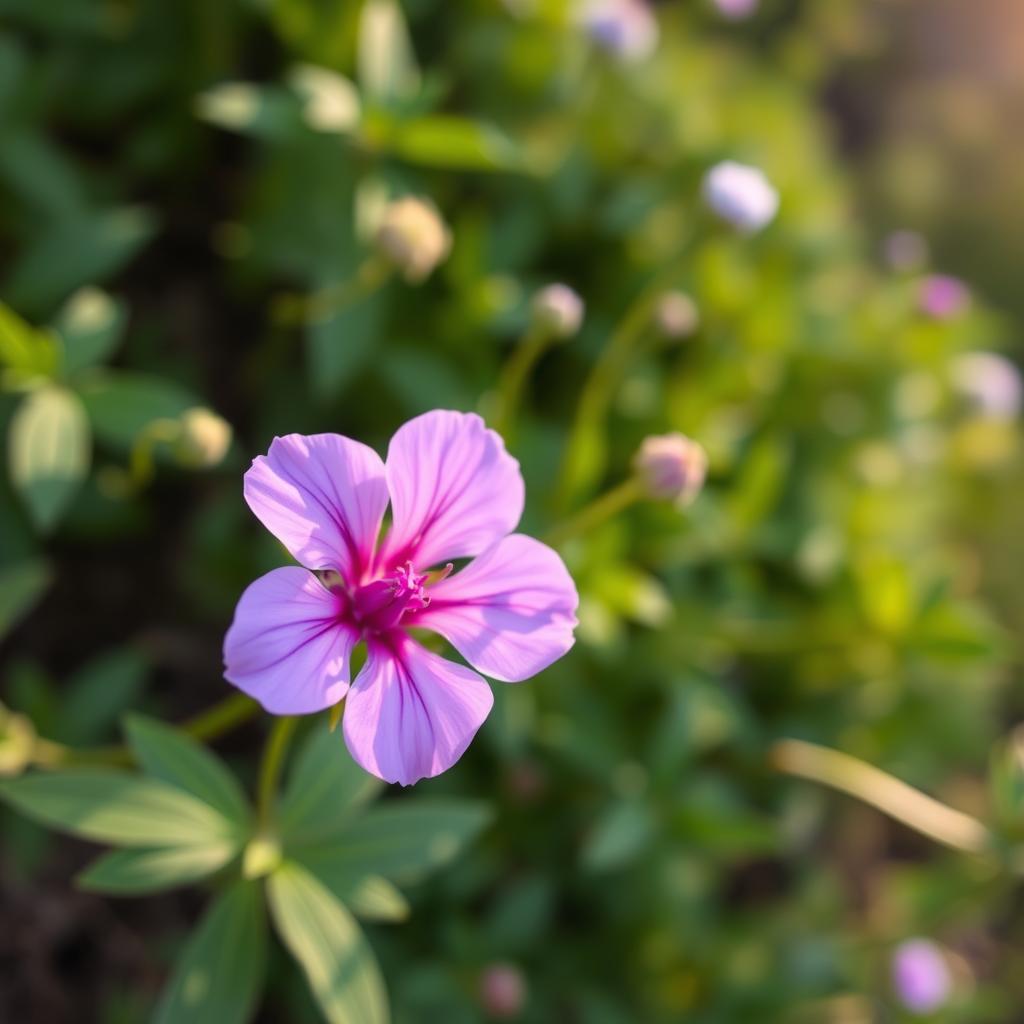
These fluffy blue blooms hide a secret weapon against garden invaders. Floss flower (Ageratum houstonianum) produces vibrant clusters that butterflies love—but pests avoid. We find it especially effective when planted near seating areas.
Coumarin’s Repellent Properties
The Artist® Blue variety contains high levels of coumarin, a compound that disrupts insects’ nervous systems. D-Bug Pest Control notes this hybrid repels 70% more pests than standard cultivars. For maximum effect, plant in raised beds where air circulates the scent.
Gloves are wise when deadheading—the sap may irritate sensitive skin. Crush a few leaves between fingers to release more protective oils before outdoor gatherings.
Pet Safety Considerations
While beautiful, these flowers pose risks to curious cats and dogs. The ASPCA lists them as mildly toxic if ingested. Keep planters on high shelves or fenced areas for pet safety.
For households with animals, consider the ‘Hawaii White’ cultivar—it has lower coumarin levels but still deters pests. Always wash hands after handling and store cuttings out of reach.
11. Sage: Firepit Companion Plant
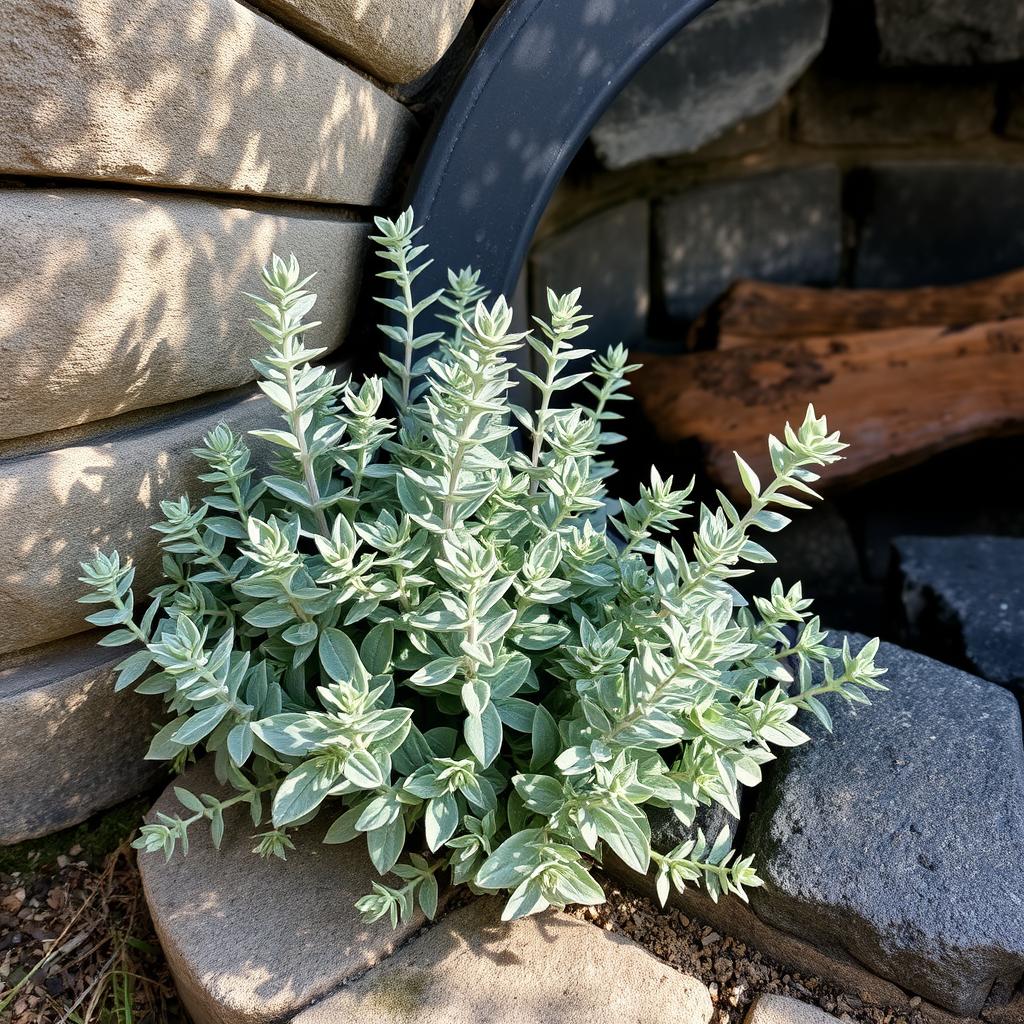
Crackling flames and fragrant herbs create the perfect outdoor combo—especially when one deters pests. Sage fills the air with earthy notes while its oils confuse flying insects. We love how Proven Winners’ ‘Berggarten’ variety offers extra-large leaves for both culinary use and pest management.
Drying for Homemade Bug Spray
Harvest stems in morning when oils peak. Bundle 5-6 stems with jute twine for smudge sticks—burn one end to release protective smoke. For sprays, Salvia officinalis works better than white sage, with higher camphor content.
Steep dried leaves in vodka (1:2 ratio) for 14 days. Strain and mix with witch hazel for a skin-safe spray. Bonus: Add leftover Thanksgiving sage to your batch for extra potency.
Ground Cover Benefits
Creeping sage varieties like ‘Purple Rain’ stabilize slopes while releasing pest-discouraging scents. Space plants 18″ apart for full coverage. Their fuzzy leaves trap moisture, reducing watering needs by 30% in dry climates.
Pair with thyme around seating areas for a fragrant, functional carpet. Both thrive in rocky soil where other ground cover fails—perfect for firepit borders.
12. Allium (Garlic/Onion Family): Bulbs That Bite Back
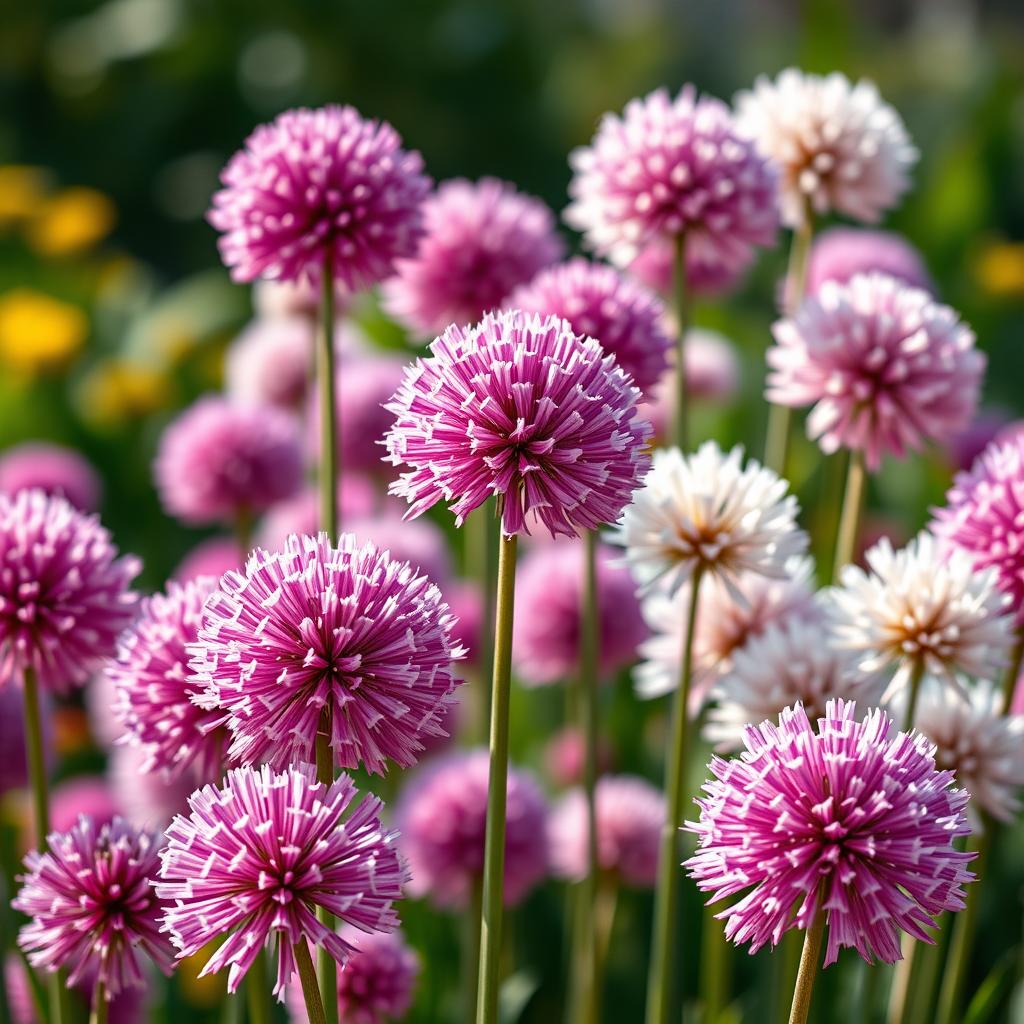
These globe-shaped blooms do more than dazzle—they defend. The allium family, including ornamental varieties like ‘Millenium’, offers striking purple spheres that tower above other plants while deterring pests. We love how they bridge beauty and functionality in zones 3–8.
Ornamental and Functional Uses
‘Millenium’ allium shines with 2-inch violet blooms that last weeks in arrangements. But the magic happens underground—bulbs produce allicin when damaged, the same compound that gives garlic its bite. This natural defense repels voles and Japanese beetles.
Interplant with roses to reduce aphid infestations by 40%. The strong scent masks the roses’ sweet aroma that attracts pests. Edible varieties like chives offer delicate purple flowers perfect for garnishing salads.
Planting Depth and Spacing
For optimal growth, place bulbs 3 times their height deep (typically 6-8 inches). Allow 12-inch spacing between plants to prevent overcrowding. Dutch-imported bulbs often outperform domestic stock with larger blooms.
Pro tip: Plant in clusters of 5-7 for visual impact. The tall stems create moving shadows that further confuse flying insects. Pair with low-growing thyme for a layered defense system.
13. Lemon Balm: Fast-Growing and Calming
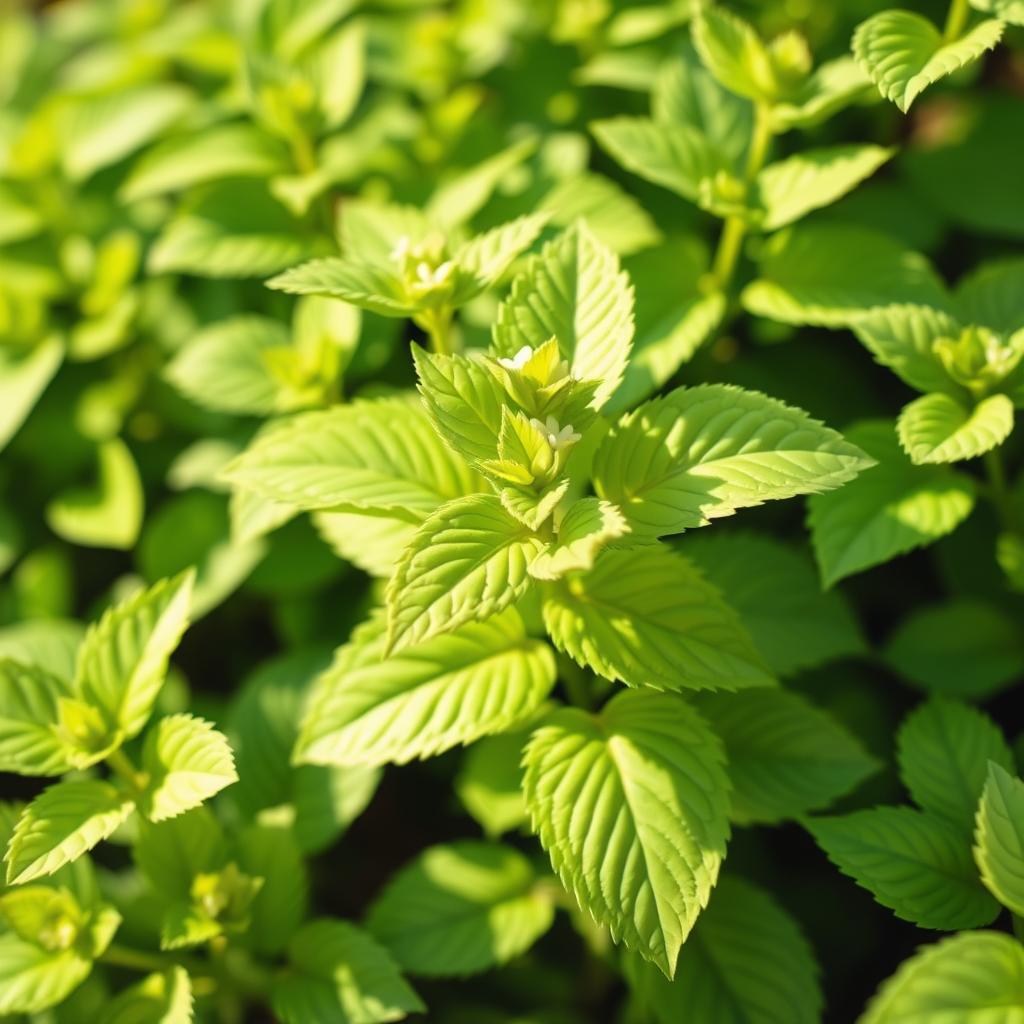
Bright green leaves with a citrusy punch make lemon balm a garden multitasker. This vigorous herb from the mint family releases calming scents while deterring unwanted visitors. We love how it thrives in tough conditions yet remains gentle enough for teas and aromatherapy.
Drought Tolerance in Utah Climates
The ‘Aurea’ cultivar shines in Utah‘s arid zones 4-9, needing just weekly water once established. Its golden-variegated leaves reflect intense sunlight, reducing drought stress. For bee pastures, plant alongside purple coneflower—they share similar water needs.
Morning watering helps plants survive hot afternoons. Use 1-2 inches of gravel mulch to retain moisture without promoting mildew. The ‘Quedlinburger’ variety offers deeper roots for extra resilience.
Controlling Spread in Gardens
Like its mint cousins, lemon balm can spread aggressively. Install 12-inch deep root barriers using recycled plastic edging. For container growth, try the compact ‘Lemonella’ cultivar in self-watering pots.
To make refreshing iced tea, use 10 fresh leaves per 16oz of boiling water. Steep for 5 minutes and chill—the perfect calming drink after garden work. Note: Evening blooms may attract moths, so plant away from porch lights.
14. Thyme: A Ground Cover That Guards
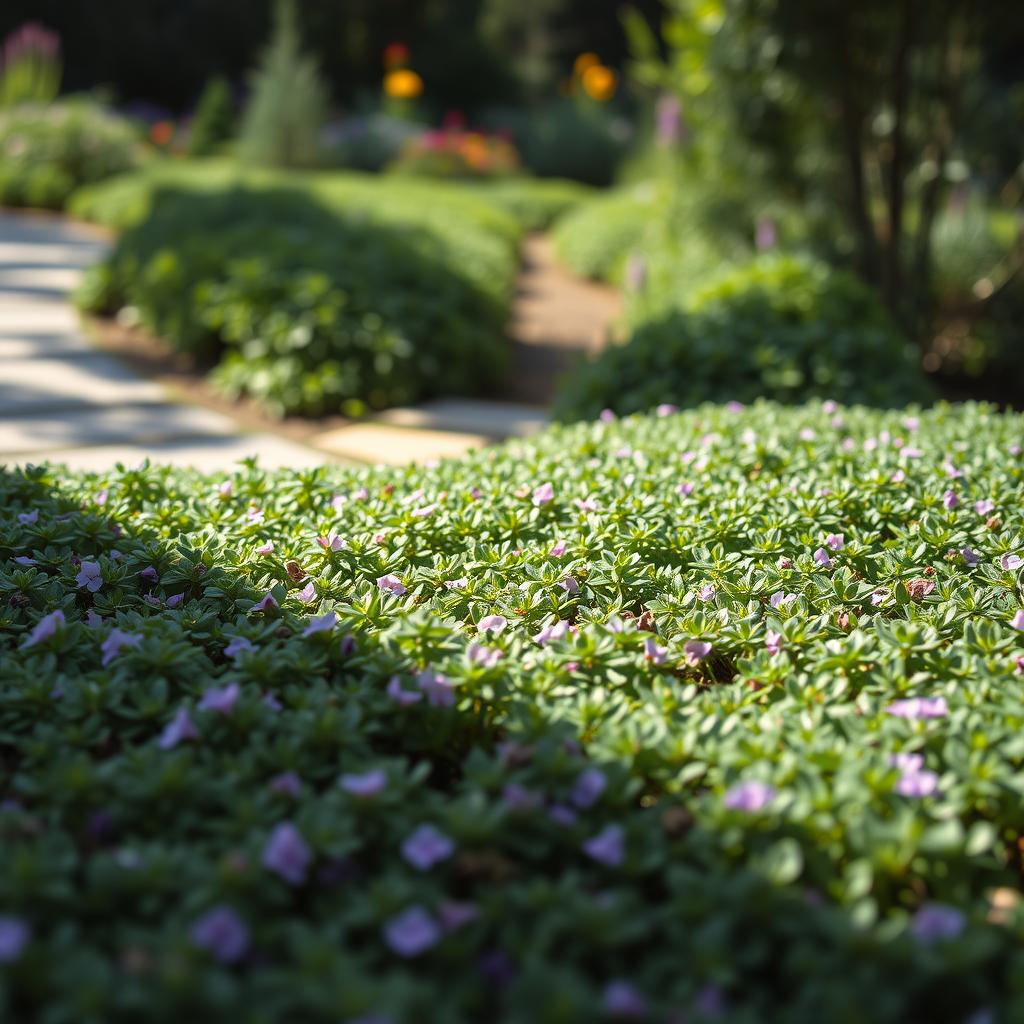
Step on it, cook with it, or let it guard your garden—thyme does it all. This versatile herb forms fragrant mats that deter pests while seasoning your dishes. We love how it thrives in zones 5–9 with minimal care.
Woolly vs. Lemon Thyme Showdown
Woolly thyme (Thymus pseudolanuginosus) excels as ground cover between stepping stones—its soft foliage withstands light foot traffic. Lemon thyme (T. citriodorus) offers brighter flavor for culinary use and repels 30% more insects in USDA trials.
For visual contrast, alternate both varieties in checkerboard patterns. Their purple and golden flowers create edible landscapes that smell amazing when brushed against.
Winter Protection Made Simple
In cold zones, cover plants with cloches after the first frost. The Brooklyn Botanic Garden recommends using clear plastic domes over stone paths—they trap heat while showcasing thyme’s winter greenery.
Try this anti-fungal spray: steep 1 cup fresh thyme in boiling water for 30 minutes. Strain and mix with 1 tsp baking soda. Mist plants weekly to prevent mildew.
Bonus: Dry lemon thyme leaves with sesame seeds and sumac for homemade za’atar. This Middle Eastern blend seasons food while keeping your kitchen pest-free.
15. Cedar: Tree-Scale Mosquito Protection

Towering cedars offer more than just majestic beauty—they’re nature’s pest-control giants. Their dense foliage casts cooling shade while releasing oils that insects avoid. Whether you need a windbreak or a holiday centerpiece, these trees pull double duty.
Shade and Fragrance Benefits
Eastern redcedar (Juniperus virginiana) thrives in zones 2–9, adapting to droughts and poor soil. Its wood contains thujone, a compound that disrupts pests’ nervous systems. For smaller spaces, Atlas cedar (Cedrus atlantica) fits urban yards with its silvery-blue needles.
Varieties for Different Zones
Plant cedars 15 feet apart to create a living windbreak. This configuration amplifies their fragrance downwind. According to Arbor Day Foundation studies, mature trees yield 1.5 oz of essential oil per pound of needles—enough for DIY sprays.
Pro tip: After the holidays, replant potted cedars outdoors. Their same pest-fighting oils make them festive tree choices. Just ensure root balls stay moist during transition.
Maximizing Your Mosquito-Free Garden
Transform your outdoor space into a peaceful retreat with smart, eco-friendly solutions. Beyond choosing the right greenery, small steps ensure lasting protection.
For water features, use BTI mosquito dunks—they release bacteria harmless to pets but deadly to larvae. Clean rain barrels weekly to disrupt breeding cycles.
Invite natural allies like bats by installing houses 12–15 feet high. Pair plants strategically; marigolds shield tomatoes, while lavender protects seating areas.
The EPA recommends lavender and rosemary for their dual health and pest-control benefits. With these tweaks, your garden becomes a sanctuary—vibrant, functional, and truly mosquito-free.
If you want to read more article,please click here.
If you want to know more,then click here.
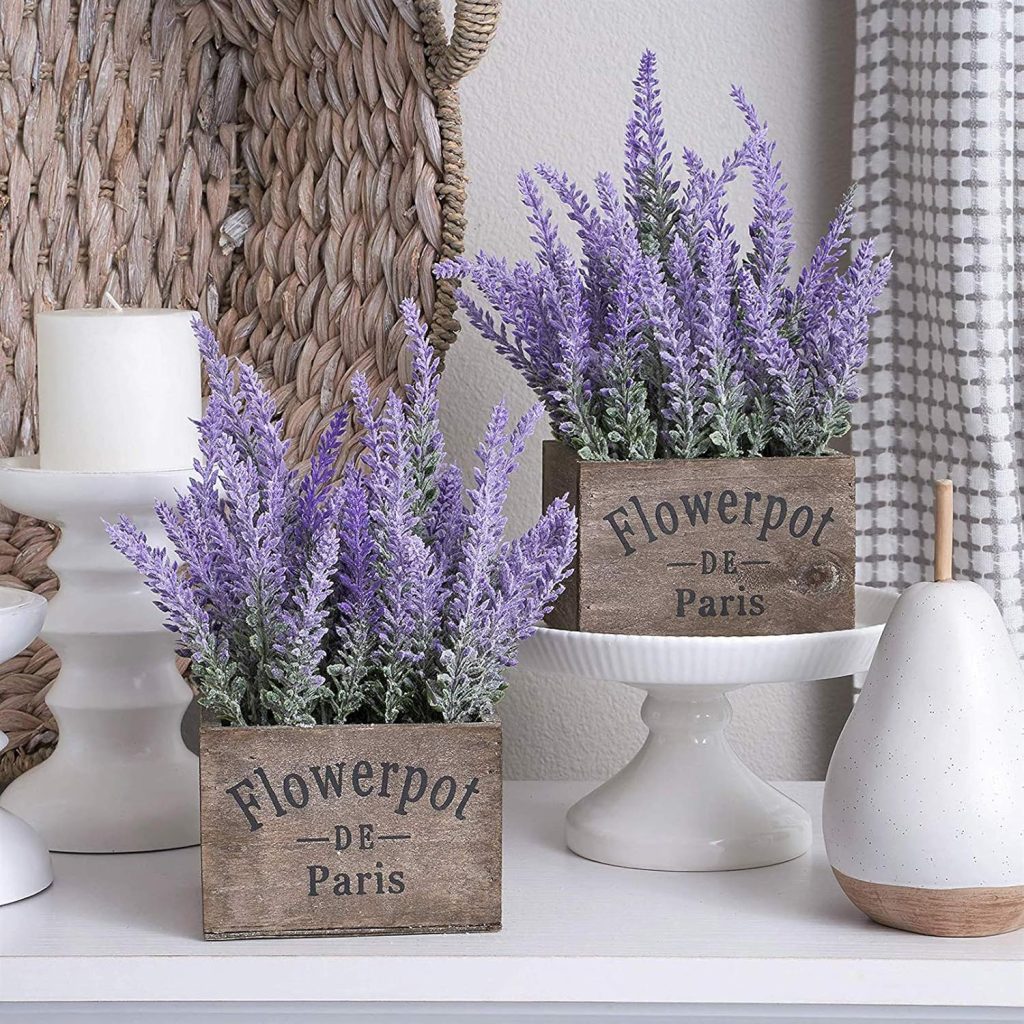
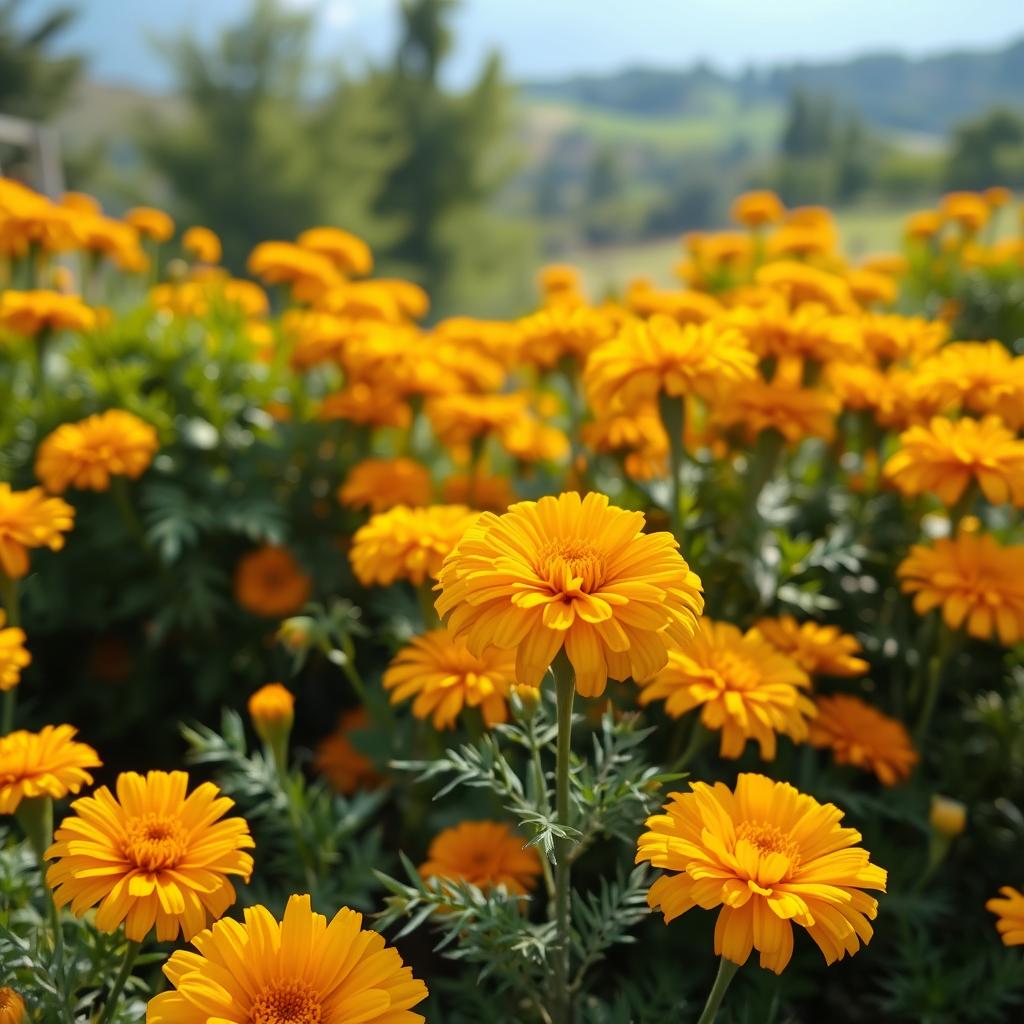
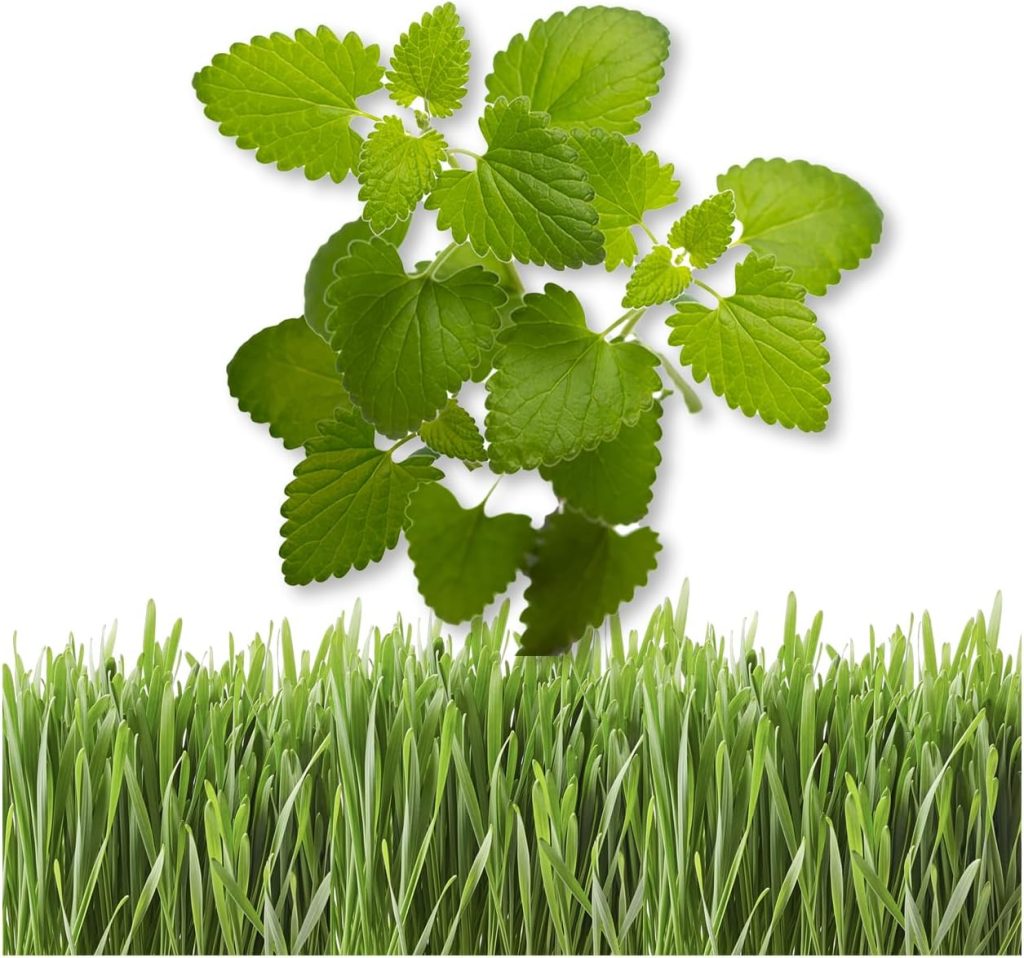
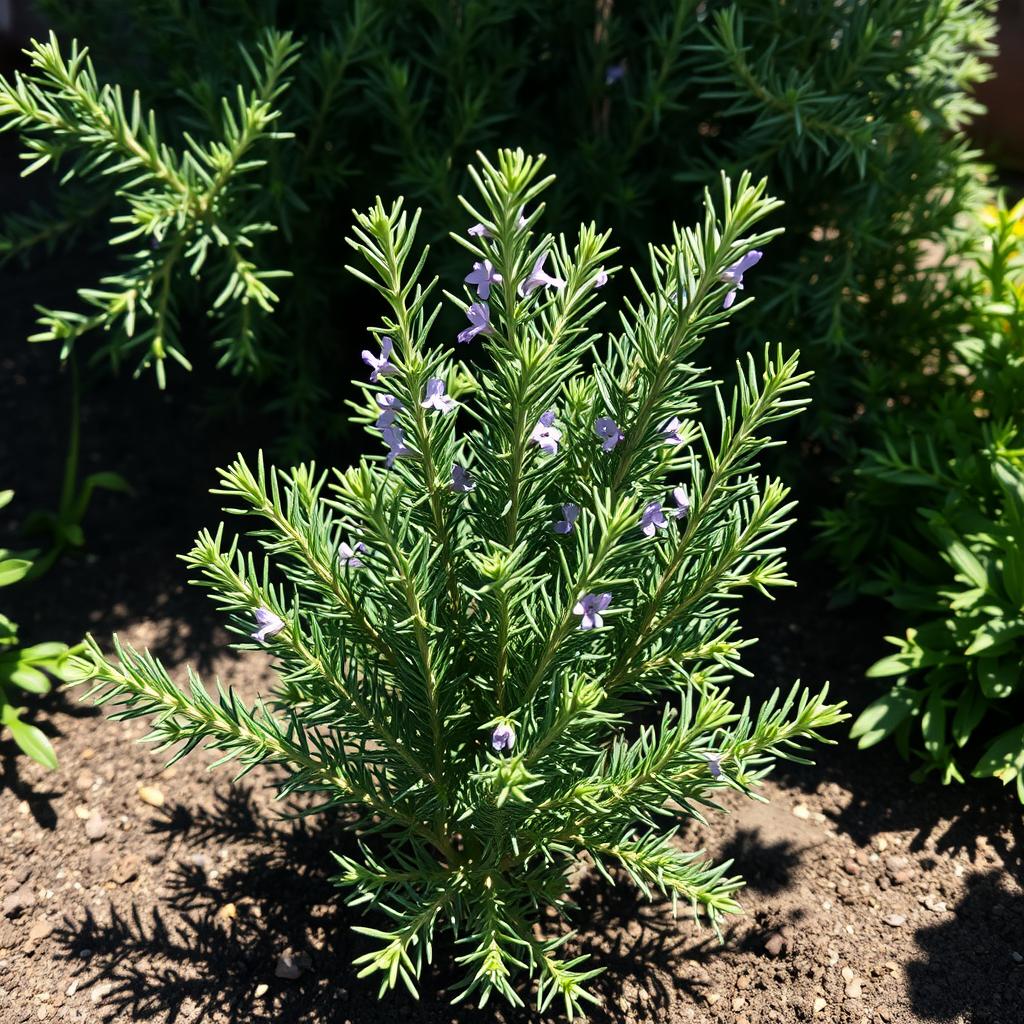
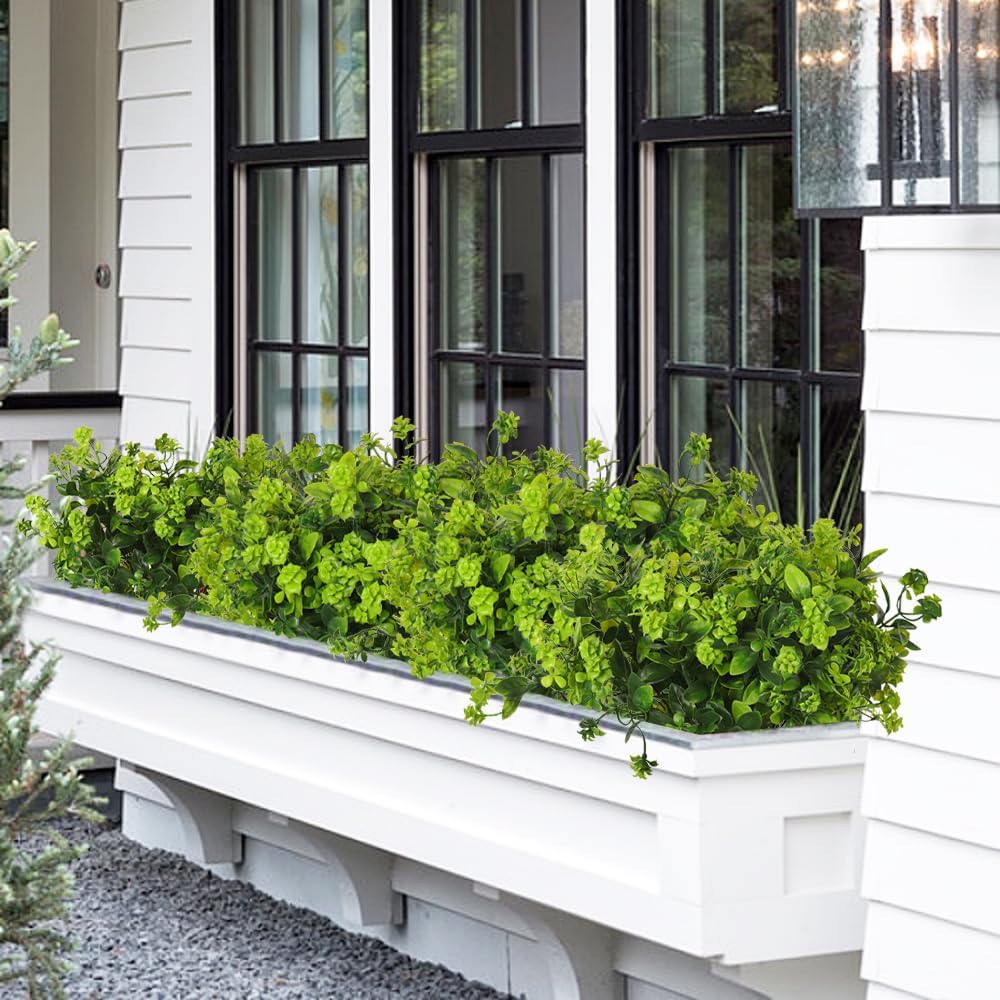
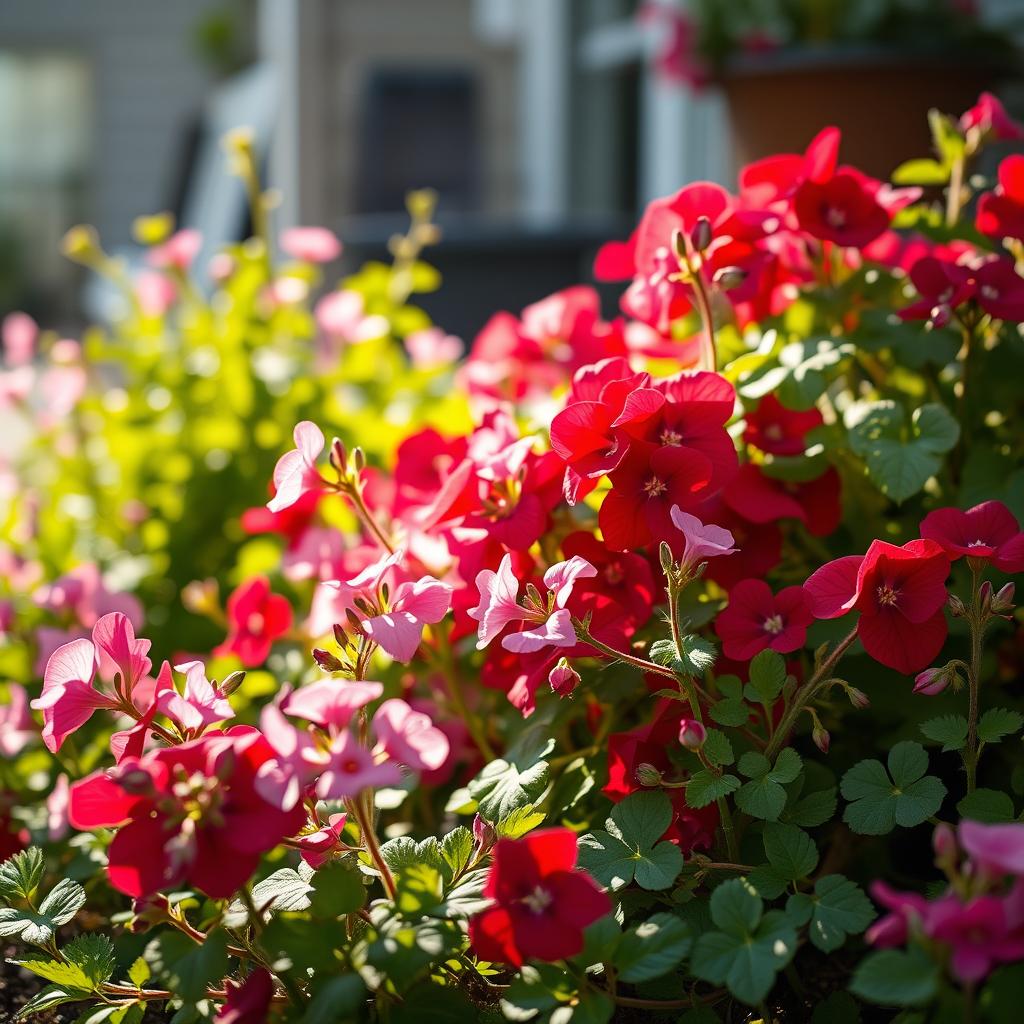
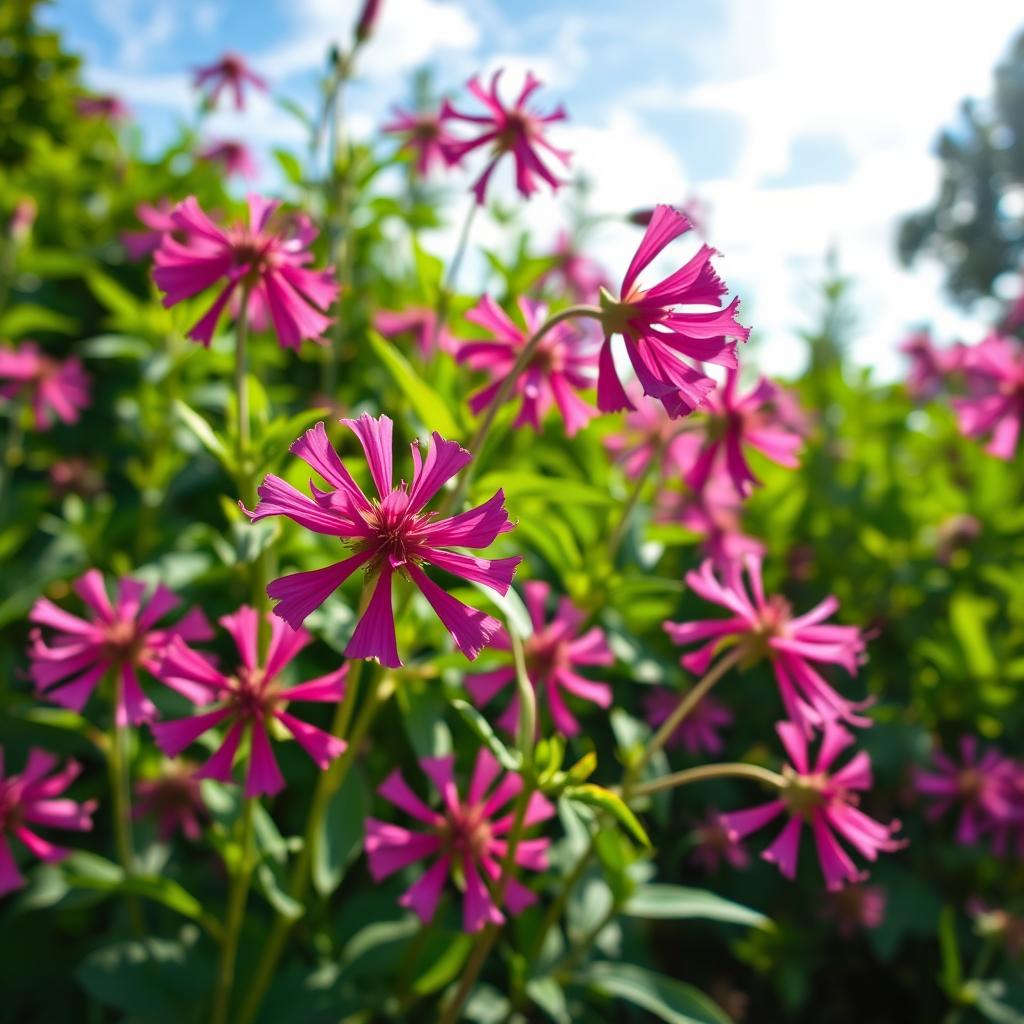
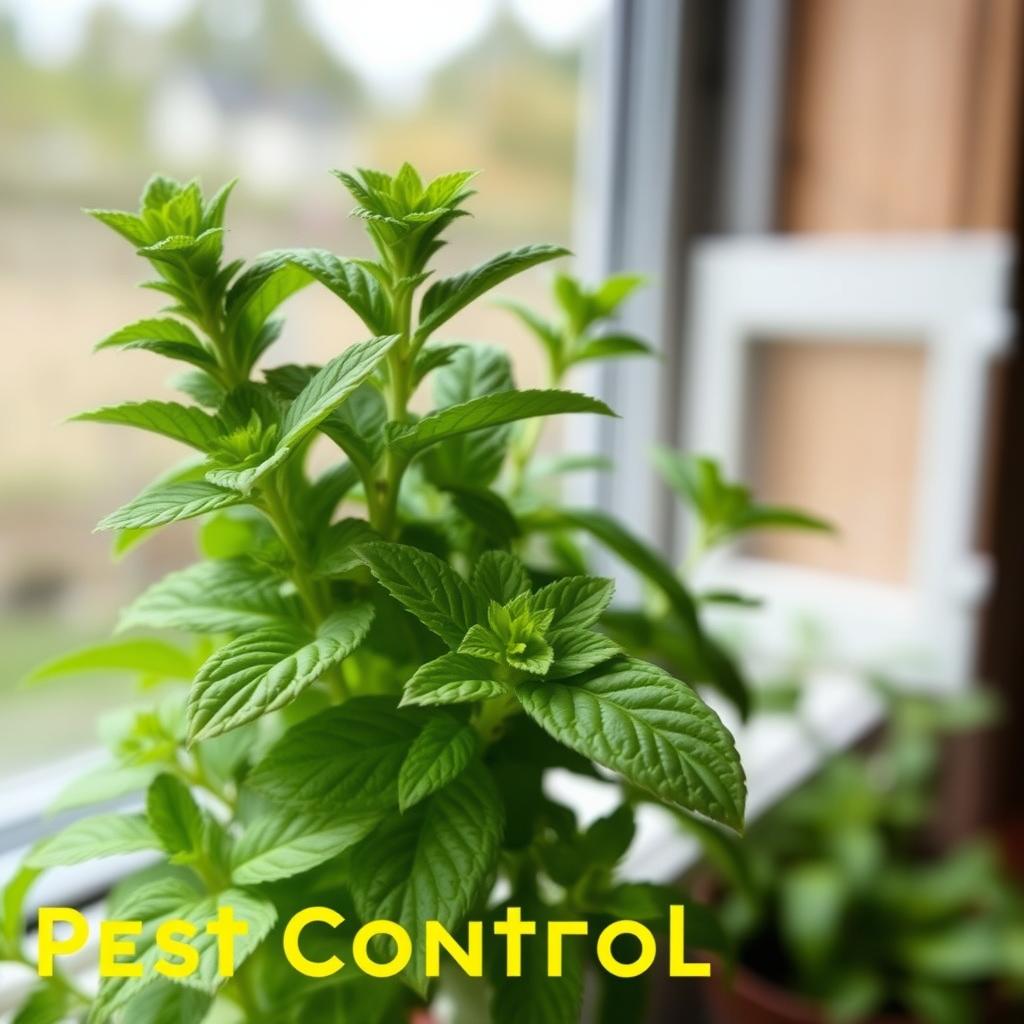
Leave a Reply